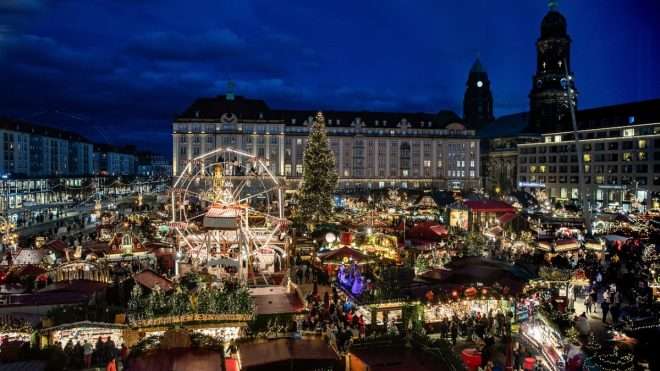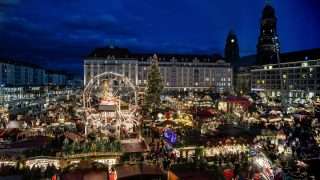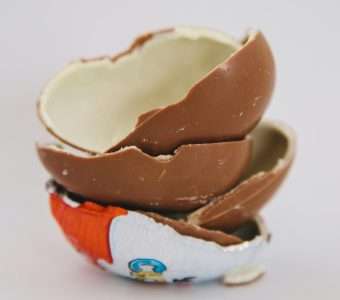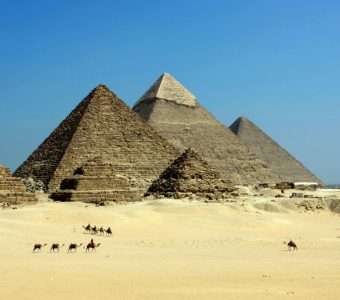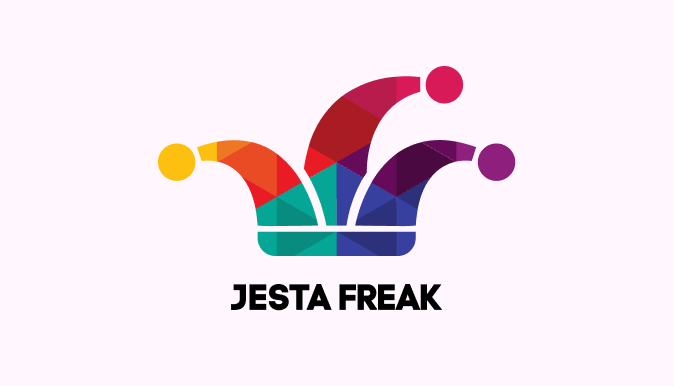German Christmas Markets, or Weihnachtsmärkte, are a captivating tradition steeped in history and charm. For me, as for millions of others, these enchanting markets hold a special place on my December “must-do” list every year.
The festive season simply wouldn’t feel complete without the magical atmosphere they bring to the Holy month. If you’ve never experienced a German Christmas Market, let me share why it’s an experience I wholeheartedly recommend adding to your lifetime bucket list.
Origins and History
The tradition of Christmas markets in Germany dates back to the Late Middle Ages. The Dresden Striezelmarkt, first held in 1434, is considered Germany’s oldest official Christmas market and the oldest continuously running Christmas market in the world. Initially a one-day event, it allowed residents to purchase meat for their Christmas feast, marking the end of the Advent fast according to Deutsche Welle.
Visitors and Economic Impact
Christmas markets are integral to Germany’s holiday season, attracting millions of visitors annually not only from Europe and nearby countries but also from all over the world. In 2012, approximately 85 million people visited German Christmas markets, a significant increase from 50 million in 2000, as mentioned by the German media company.
While specific profit figures are not readily available, the substantial visitor numbers indicate a significant positive impact on local economies.
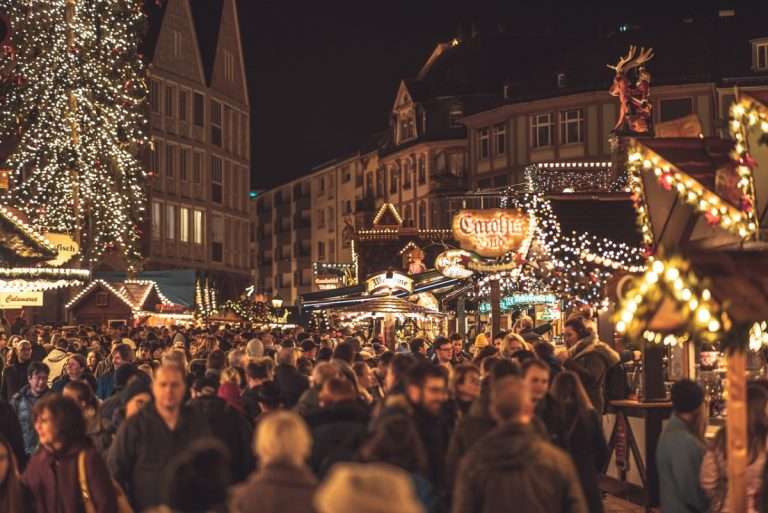
Notable Markets
Among Germany’s many enchanting Christmas markets, the Nuremberg Christkindlesmarkt shines as a jewel of historical and cultural significance. First documented in 1628, this market attracts nearly 2 million visitors annually. Its charm begins with the iconic opening ceremony, where the “Christkind,” a symbolic figure embodying Christ as a Child, officially ushers in the festivities. The market’s cobblestone streets, lined with rustic wooden stalls, overflow with holiday cheer, artisanal crafts, and the enticing aroma of mulled wine and delicious roasted nuts.
But Nuremberg is just one star in a galaxy of German Christmas markets. Some of my personal favorites include the vibrant markets of Berlin, the grand traditions of Munich, the atmospheric charm of Cologne, and the fairytale-like stalls in Aachen. Picture waves of joyous visitors—drinking, laughing, singing, and savoring the magic of the season under twinkling lights.
Before you set out to explore, a few practical tips: weather in Germany’s festive season is as unpredictable as it is picturesque, so pack a thief-proof backpack with essentials like a compact umbrella or a plastic rain poncho. Crowds can get tight, so safeguard your valuables in a cross-body bag tucked securely inside your coat. Strollers and pets may pose challenges in navigating the bustling alleys or finding space in cozy restaurants. And don’t underestimate the amount of walking! Comfortable shoes, thick socks, gloves, and scarves are your best allies against the chill.
Despite these minor preparations, I promise you—it’s all worth it. The warmth of Glühwein in your hands, the sights of hand-carved ornaments, and the sound of festive carols will wrap you in a magical embrace that only Germany’s Christmas markets can deliver.
Culinary Delights
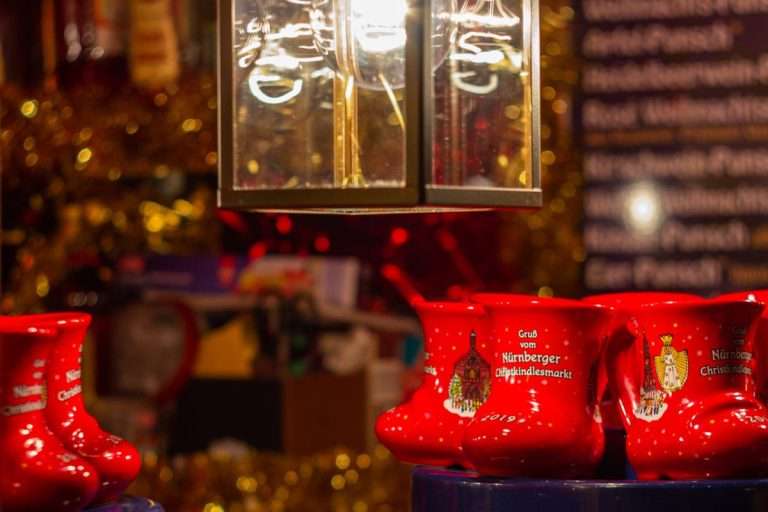
German Christmas markets are famed for their festive foods and beverages, but here’s what most visitors seek:
- Glühwein: A warm, yummy spiced cinnamoned red wine, often enjoyed to ward off the winter chill.
- Eierpunsch: The German eggnog, made with white wine not rum.
- Jager Tee: A black hot tea with rum, perfect for non-sweet alternatives.
- Bratwurst: Grilled sausages served in a bun, a staple at many markets.
- Reibekuchen: Also known as Kartoffelpuffer, are deep fried German potato pancakes served with a variety of toppings, but Apfelsoße (applesauce) remains the most popular sweet-salty combo.
- Lebkuchen: Traditional German gingerbread, especially popular in Nuremberg – My favorite cookies in the world! The best one can cost 2 euros per piece, but they are definitely worth the price.
- Stollen: A rich, fruit-filled bread, particularly associated with Dresden’s Striezelmarkt.
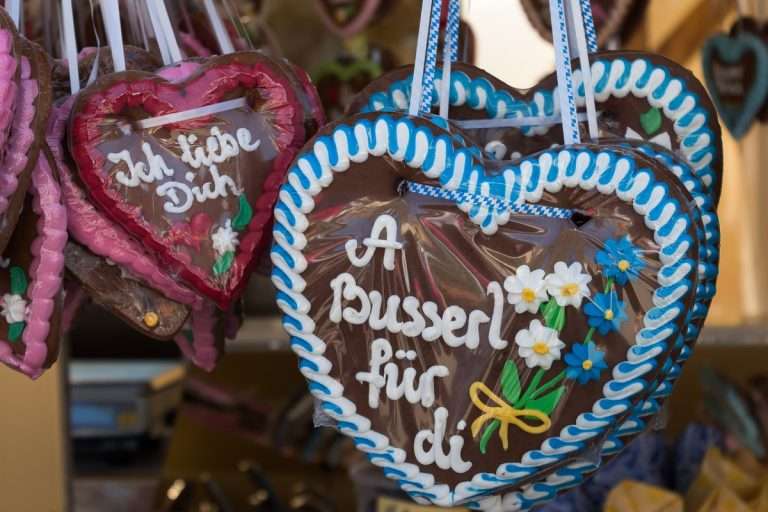
Unique Appeal
The enduring popularity of German Christmas markets can be attributed to their festive atmosphere, historical significance, and the opportunity they provide for social gatherings. They offer ornately decorated Christmas trees usually by the Cathedral square, a unique blend of traditional crafts, magical settings, atmospheric fairy lights, seasonal foods and drinks, local goods and delicatessen and communal celebration, making them a beloved feature of the holiday season.
The German Christmas markets, a cherished tradition steeped in centuries of history, weave a tapestry of cultural significance and festive enchantment. These magical gatherings unite families, friends, lovers, and strangers, from all over the planet, transforming cold winter nights into warm, unforgettable memories. With their rich heritage and joyful spirit, German Christmas markets offer an experience like no other—one you simply cannot afford to miss.
Join Jestafreak today, complete Your Lifestyle Profile, and record which experiences, destinations, cities and brands you are passionate about and love. Unlock a new world! Discover a community that loves brands and seize opportunities to make your voice heard.
Visit Jestafreak.com to explore in-depth insights into consumer behavior, brand histories, etc.
Engage directly with our community on our home page, or start earning by completing our brand experience profile.
